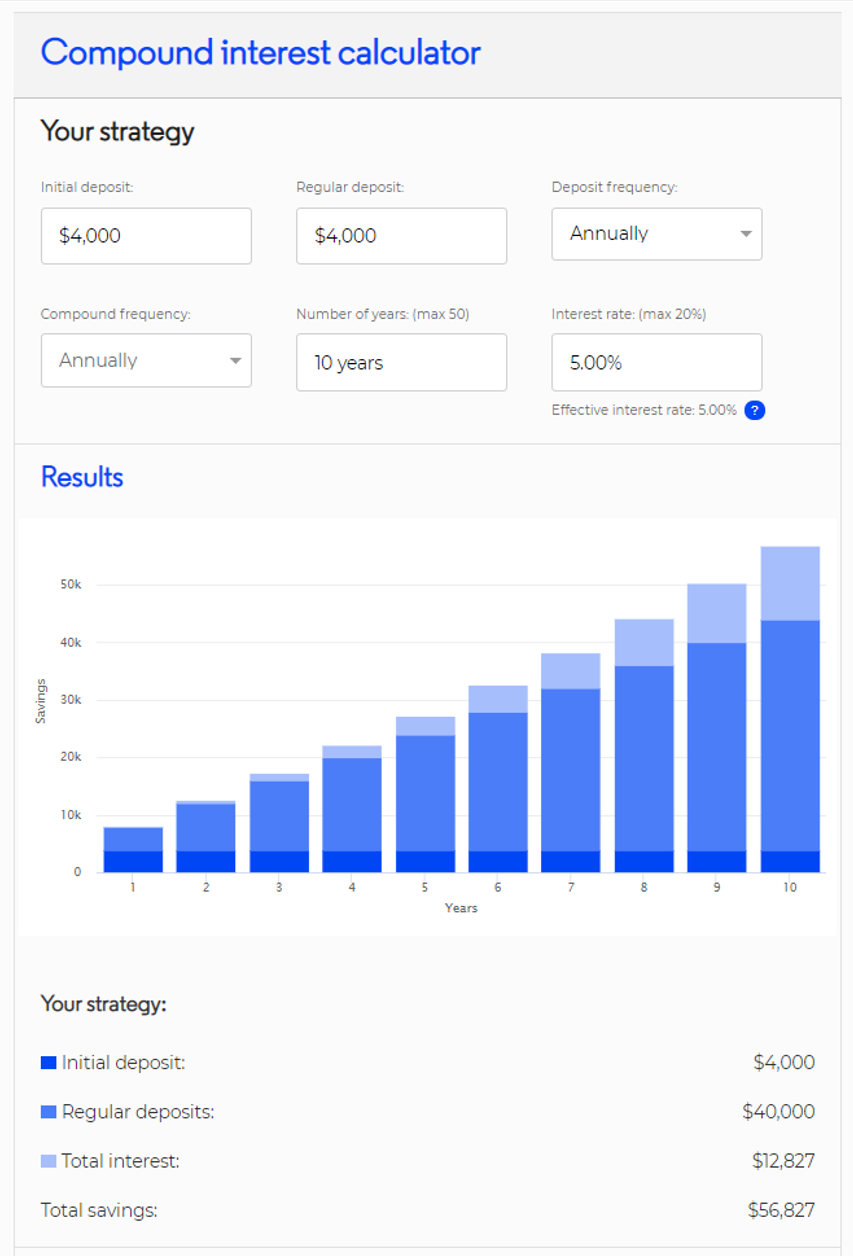Business survival has been a popular topic in recent weeks but businesses are shifting their focus to resilience. What does it take to build businesses that can survive AND thrive in the longer term… while insulating them from a recurrence of recent events? It’s not about picking up where we left off because what worked in the past may not work in the future. Let’s take a look at the attributes of resilient (or sustainable) businesses.
Assessment of the Situation
A professional athlete who has just suffered a humiliating loss will quickly take stock of the situation. What went wrong? Why? What can be improved? Most importantly, where to focus next? A resilient business will also quickly analyse their situation. What’s the damage? What has changed and for how long? What hasn’t changed? How do these changes impact the short and medium-term? The reality may not be apparent at first and it may change over time. Resilient businesses get crystal clear on the damage (and opportunities) arising from changed conditions.
Prioritisation
Resilient businesses don’t try to optimise all aspects of the business. They focus only on a few ‘key drivers’ which make a real difference. For some, that might mean customer retention or average revenue per customer. For others, it might mean lead generation, sales conversion, or pricing. And certain businesses may need to reduce Expenses or Costs of Goods Sold. Reporting should not be complicated and the entire organisation should be mobilised to focus on what really matters in the business.
Focus on the Customer
Businesses exist to offer value to customers and get rewarded for that value. A crisis forces a reevaluation of this dynamic… but resilient businesses are always challenging their assumptions on what the customer wants and whether their products are satisfying a need. Then they quickly improve.
Focus on Cash
Businesses are fuelled by cash but the rules of cash flow can change. Reduced sales, changed payment terms, lost customers, modified pricing, reduced access to debt, unexpected expenses or a combination of these will materially impact cash flow. Resilient businesses will:
Re-calibrate their understanding of ‘cash burn rates’ and get very precise on cash forecasts
Distinguish between ‘cost-cutting’ and ‘preserving cash flow’. A saving realised 6 months from now will have little impact on a business which needs cash quickly
Engage their team to recommend intelligent cost-cutting ideas (while also getting people invested in cost-cutting decisions)
Take all opportunities to ‘trim the fat’. Rent, overheads and Costs of Goods Sold should be scrutinised. So should salaries and wages which may result in job cuts, pay cuts, leave without pay and reduced hours
Recognise that deferring costs may lead to tough (or insurmountable) future payment obligations. Taking on debt (including accessing certain government stimulus programs) may solve a short-term problem while creating a longer-term issue.
Focus on Activities they can Control
Resilient organisations are not swayed by the abundant information (and misinformation) available. They are not easily distracted or think the next email or webinar contains the solution to all problems. The fact is that there are relatively few things we can control so we should take action where we can make a difference. Deliberating on political, regulatory, economic, competitive and industry forces can consume our time… without adding much value.
Triggers
Not everything will go to plan, even for resilient organisations. Forecasts should reflect the best, worst and expected cases and when certain thresholds, or triggers, are reached, they know how to respond. A simple example, “if revenues in September are less than $100,000, we will reduce marketing costs by 10%”. This brings clarity and focus.
Opportunity Evaluation
Some of the greatest opportunities arise out of adversity. But taking these opportunities can involve a reinvention of the business. Some examples:
Offer your customers an entirely new set of products
Target a different set of customers (with existing or new products)
Take advantage of changes in the competitive landscape. Can you take a competitor’s customers? Can you acquire a competitor?
Target the same customers with the same products but a new business model, e.g. different pricing or payment options, increased or decreased servicing, etc.
Part of the DNA of resilient organisations is to accept the business will look fundamentally different in the future. It must evolve. Quickly acting on these opportunities is part of the journey and sets up the next phase of change.
Teamwork
Resilient businesses are built on teamwork. A crisis presents an opportunity to constitute teams to tackle the challenges at hand. This is good for the organisation and for employees, who see opportunities to advance their careers. Teams need to set and implement plans. Decisive action should be rewarded – this is not ‘business as usual’. Small wins should be celebrated and the plan should be reworked as necessary.
Personal resilience
Resilient organisations comprise resilient individuals. And resilience is not some magical trait conferred upon a chosen few. It can be taught. It requires practice and training. And desire.
Get advice
Resilient organisations take responsibility for their own success but also surround themselves with talented advisors who have complementary skills-sets, whether strategic or tactical.
Keep things in perspective
However bad things seem, they could be a lot worse. Crises, recessions, and natural disasters occur periodically with devastating consequences. But many businesses fail even in ‘normal’ times. Individuals deal with challenges much tougher than a business crisis. What’s the worst that can happen? Resilient organisations keep things in perspective because it leads to good decision-making.
We’re working with many clients navigating business uncertainty and planning their futures.
Please get in touch so we can support you through your evolution to resilience!




